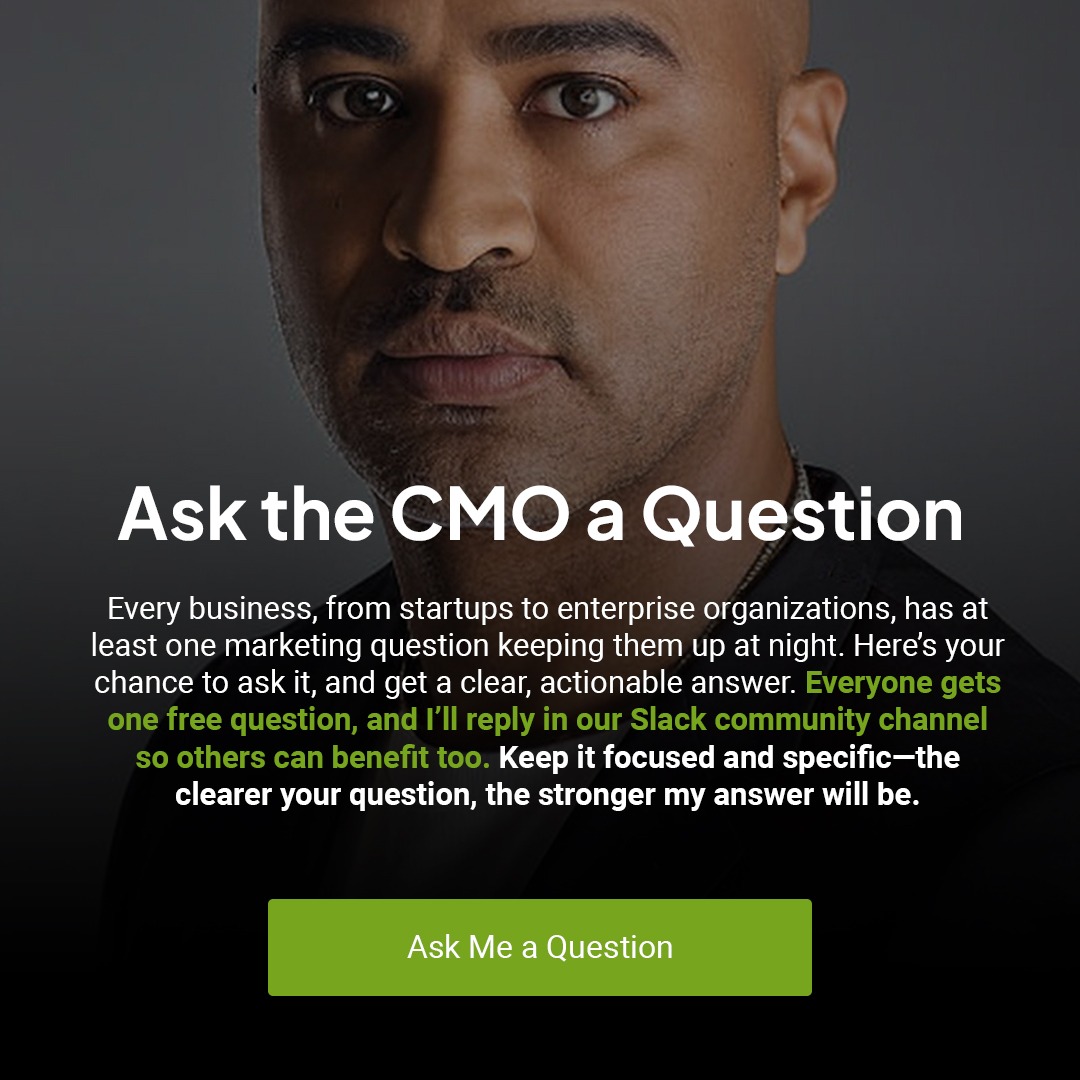Building a startup from the ground up is the quintessential journey of a visionary founder. Those early days are fueled by passion, innovation, and the desire to change the world. Founders spend years dreaming, developing, and crafting their vision into reality. But what happens when the road ahead turns darker, and the bright future you imagined starts to feel precarious?
Sales might stagnate, product rollouts could be delayed, and investor confidence may waver. At this point, founders face a critical juncture: it’s time to shift from visionary to “War-Time CEO.”
A War-Time CEO’s role vastly differs from the founder’s initial responsibilities. It requires a relentless, often ruthless, focus on survival and execution. The transformation is not just about working harder; it’s about working smarter and operating in a highly tactical, results-driven mode. But when is the right time to make this shift, and what personal traits and external conditions signal the need for this transition?
Conditions That Demand a War-Time CEO Approach
Specific circumstances serve as red flags, signaling that a business is entering war-time. Here are some key indicators that founders should be aware of:
- Struggling Acquisition: If customer acquisition costs start rising, but the rate of new customers isn’t increasing accordingly, you’ve got a problem. This often signals deeper issues with product-market fit, marketing, or even the competition gaining the upper hand.
- Stagnant Sales: When sales plateau for an extended period, the organization likely needs growth targets. Stagnant sales might stem from outdated sales tactics, a changing market, or insufficient marketing.
- Flattened Revenue: Revenue is the lifeblood of any startup. If revenue growth flattens despite concerted efforts from the sales and marketing teams, it’s a strong signal that internal or external factors are inhibiting growth.
- Delayed Product Rollout: A prolonged or delayed product rollout can wreak havoc on customer expectations, investor confidence, and market position. In some cases, delayed product launches can result in lost market opportunities.
- Wavering Investors: When investors start losing confidence, particularly during economic downturns or operational hiccups, founders need to act fast to shore up relationships and restore faith.
- Mounting Competition: If competitors start gaining market share or outpacing your company in innovation, it’s a sign that more aggressive measures are required to stay competitive.
- Internal Dysfunction: Slow decision-making, inefficient processes, and misaligned teams all contribute to a company’s decline. At this point, leadership must intervene.
What It Means to Become a War-Time CEO
A War-Time CEO isn’t just a title change; it represents a total shift in mindset and behavior. The most significant difference is in the change from visionary thinking to survival tactics. The hallmark traits of a War-Time CEO include obsessive attention to detail, rigorous execution, and an unwavering focus on the bottom line. Here’s what is involved:
- Obsessive Attention to Detail: You must be involved in every aspect of the business, from finances to operations. There’s no room for complacency—everything must be scrutinized. You must be acutely aware of cash flow, budgets, and whether each initiative drives ROI.
- Pressing the Team for More: You’ll need to push your team harder than ever, which requires clear communication, setting high expectations, and ensuring that every individual understands the stakes. As a War-Time CEO, you must mobilize the team, rally them around immediate goals, and incentivize top performance.
- Incentivizing Performance: Performance-based incentives, whether through bonuses, equity stakes, or recognition, are crucial to keep everyone motivated. In war-time, everyone needs to feel a sense of urgency and accountability.
- Keeping an Eye on Every Dollar Spent: Cutting costs doesn’t mean slashing innovation, but it does require judicious allocation of funds. Every dollar needs to be spent wisely on initiatives that keep the business afloat.
- Finding Revenue and Capital: War-time CEOs are often required to find new revenue streams or sources of capital. Whether this means expanding into new markets, pivoting the business model, or securing bridge financing, quick and creative thinking is required.
- Pushing Production: Speed becomes a key focus. If product rollouts have been delayed, a War-Time CEO must remove bottlenecks and push for faster development timelines while maintaining quality.
- Collaborating with Sales and Marketing: During crises, the War-Time CEO needs to work closely with sales and marketing teams to boost creativity. This might involve testing new channels, improving product positioning, or innovating with customer acquisition tactics. Aggressive and data-driven strategies should be the norm, not the exception.
Real-World Examples of War-Time CEOs
Numerous startup CEOs have embraced the war-time mentality when their companies were on the brink of disaster. One of the most famous examples is Steve Jobs. When Jobs returned to Apple in the late 1990s, the company was losing market share, facing severe financial losses, and failing to innovate. Jobs took drastic measures, slashing product lines, and focusing on rebuilding the brand and product innovation, eventually leading Apple to become one of the most valuable companies in the world.
Another example is Elon Musk. As CEO of Tesla, Musk navigated periods of extreme financial instability, production delays, and growing competition. His war-time mentality helped Tesla scale from a startup to an electric vehicle leader by obsessively driving execution, pushing teams to meet impossible deadlines, and securing new capital when necessary.
A more recent example is Brian Chesky, CEO of Airbnb. During the COVID-19 pandemic, Airbnb’s core business of travel bookings was decimated. Chesky responded by quickly pivoting the company to focus on alternative revenue streams, such as long-term rentals, and restructuring the company to adapt to the new travel landscape. This war-time approach helped the company survive a crisis that could have spelled the end.
Traits of a War-Time CEO
Transitioning into this role requires specific personality traits that not every founder possesses. The most critical qualities include:
- Decisiveness: In a crisis, decisions must be made quickly, even if all the data isn’t available.
- Resilience: War-time CEOs must withstand immense pressure and be able to carry the weight of the company’s survival on their shoulders.
- Focus: With so much at stake, it is crucial to be able to focus on the few things that matter most.
- Persistence: Giving up isn’t an option. War-time CEOs must relentlessly pursue success despite obstacles.
- Charisma: Rallying the troops is essential. A War-time CEO must inspire confidence and unite teams behind a common goal.
Stepping Aside: When the Founder Isn’t the Right Person
However, not every founder is suited to become a War-Time CEO, and that’s okay. Some founders excel at vision, innovation, and long-term strategy but may not have the temperament or skillset to manage a company through a crisis. In these situations, it’s crucial to recognize when to step aside and bring in a seasoned War-Time leader.
Temporarily handing over the reins to a CEO with operational and tactical experience is a viable option. This doesn’t mean abandoning your company; it’s about ensuring survival. Once the business is back on course, founders can step back in and resume their visionary leadership role.
Conclusion
Becoming a War-Time CEO isn’t about abandoning your vision or turning your back on the culture you’ve built; it’s about doing whatever is necessary to ensure survival. While some founders may find this role a natural fit, others may need to bring in external leadership to navigate the storm. The critical takeaway is that the ability to adapt, whether through personal transformation or temporary delegation, can mean the difference between failure and success.
Keep Reading
Want more? Here are some other blog posts you might be interested in.
Your customers expect to be tricked (unfortunately). They have seen bait pricing. They have fought to cancel. They have waited on ...
Confusing a launch plan with a GTM strategy is one of the fastest ways to stall growth. A launch plan gets ...
On Monday, October 20, 2025, Amazon Web Services experienced a major incident centered in its US-EAST-1 region. The problem began in ...
For founders and growing companies
Get all the tips, stories and resources you didn’t know you needed – straight to your email!




